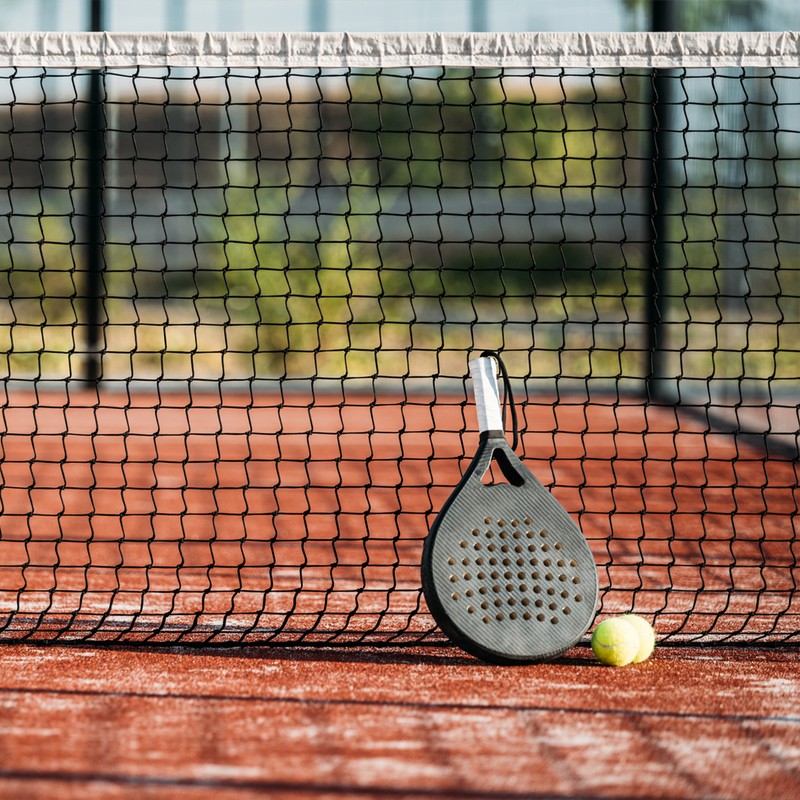
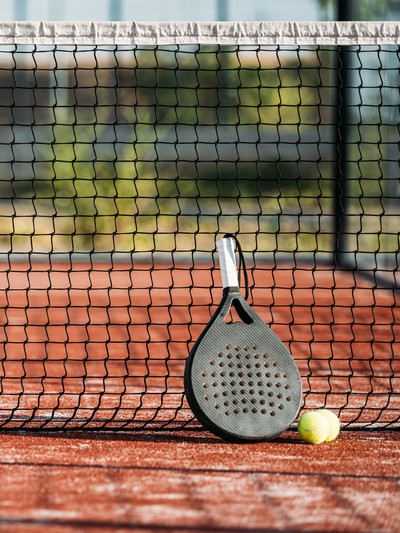
How To Get Started With Padel
It’s Perfect If You’re A Tennis Fan
“Padel was invented in 1969 by a Mexican businessman, Enrique Corcuera, who wanted to build a tennis court at his holiday home in Acapulco. Not having enough space on his property, he decided to make a smaller court and use the walls that surrounded the area as part of the game. The padel court, around 25% smaller than a tennis court, is surrounded almost entirely by walls and, unlike in tennis, the ball remains playable if, after being hit on the ground, it then hits the walls. The name ‘padel’, coming from ‘paddle tennis’, was given because the rackets look a little like paddles used for rowing on water. The padel is also what makes the game unique – the padel is simple and has no strings, meaning it’s harder to get as much spin and slice on the ball. Therefore, padel is similar to tennis but less technical and arguably more enjoyable for beginners.” – Frederico Fraguela Ferro, UK racket sports leader at Decathlon
It’s Accessible For Everyone
“A large part of padel’s appeal is that it’s easy to learn. Most people, even without any racket experience, can pick up the basics. Most people can enjoy a fun and competitive game from the first time they are out on a padel court. It’s a social sport as it’s usually played in doubles and, due to the elements of using the walls, the rallies last longer, meaning it’s a lot of fun from your very first game. The softer racket and softer surface of the court under foot means there’s less of a chance of injury compared to tennis, and the multi-directional movements required in the game are also great for spatial awareness and coordination.” – Sandy Farquharson, founder of The Padel School and coach educator at Padium
It’s Played In Doubles
“Padel is always played in doubles and scoring is the same as in tennis. To start a set, one player serves underarm across the court into the opposite team’s service box. Like in tennis, the ball must bounce before it hits either the cage or glass in your opponent’s side of the court, but you can’t hit the ball directly onto the glass on your opponent’s side. The exception is you can hit directly onto your own glass to play the ball back over the net. The aim is to win points by either hitting a winning shot or forcing your opponents to hit an error. The key is for you and your partner to get to the net, and then keep hold of that position, as this is where you will win most of your points.” – Sandy
It Counts As Cardio
“Padel is a fantastic cardiovascular workout and will improve coordination as well as your mobility and reflexes. As a form of cardio, it can help you lose weight and encourage you to eat better. You’ll burn around 500 calories playing padel for an hour. It’s also an accessible way to stay fit, especially later in life, due to the under-arm serve and slower ball speed.” – Nick Poulton, tennis & padel coach
Here, the experts share their top tips for getting started…
Start With A Light Racket
“You’ll need a padel racket and padel balls (which contain less pressure than tennis balls) to get started, but there’s no need to buy your own initially, as most courts offer a rental service. If you are a beginner, start with a slightly lighter and softer racket. You can start with regular tennis shoes and then if you enjoy the game, you can later invest in a pair of padel shoes.” – Sandy
Don’t Get Into Bad Habits
“Padel is easy to learn but that doesn’t mean you can’t benefit from a lesson or two. As a coach, I’ve lost count of the number of players that come to us when they are stuck on a shot and have already developed bad habits over years of playing. It’s much easier to develop the right technique at the beginning than to unlearn bad habits.” – Sandy
Master Your Footwork
“Footwork is very important in padel – if you are in the right position and balanced, it makes the shot significantly easier. Give yourself more space (similar to tennis) to allow your arm to swing through and hit the shot. At the same time, get side-on when you hit your forehands and backhands, and try to be balanced when you hit any shot. It can also help to get low with your legs and keep your back straight – this will make you more balanced and improve your technique.” – Nick
Use The Walls
“The walls are often the most foreign part for players learning padel. Whether you have experience with tennis or no rackets background at all, understanding the rebound can be tricky to get the hang of. Even squash players who understand the principles need to be aware that the technique and rebound is different. Padel beginners often avoid the walls as they lack confidence, but this will only make learning that part of the game slower.” – Sandy
Forget Power
“Compared to other sports, padel is less about power. Yes, there are shots that require maximum force, but these are few and far between. Using too much power in the initial stages of learning the game will likely lead to mistakes. Plus, when you play against better players, they’ll just allow your powerful groundstrokes to rebound off the glass and quite often will be better off for it. Start by learning to control the ball and then develop your padel smashes.” – Sandy
Play As A Team
“Padel is a social sport – it’s the reason it’s growing rapidly around the world. It’s always played as doubles, so every time you step on the court, you’ll have a teammate. At every level of the game, it’s important to work well with your partner. This works at the tactical level but, more importantly, at the psychological level – if you enjoy playing with your doubles partner, you’ll play better padel. So, while it’s important to move together as a pair and cover the spaces at the net, also remember to have fun as a team.” – Sandy
Get One More Ball In
“If you’re looking to improve your game, getting one more ball in is a good tip. Not only will doing this give you another opportunity for your opponent to make a mistake, but it will also give you more practice and the opportunity to get into a better court position. It also will mentally make your opponent think you don’t make unforced errors.” – Sandy
Prepare Early
“A padel court is smaller and the game can be faster, so early shot preparation is key for improvement. Nonetheless, don’t overcomplicate it. Players often think about hitting deceptive spins, but padel is a game of consistency and patience. If you can have a simple technique, it’s easier to consistently repeat and therefore you make fewer mistakes.” – Sandy
Learn The Lob
“The lob is one of the most important shots in padel. It is used to change up the dynamics of the game – you can push your opponents back, which makes you able to get a strong attacking position at the net together with your partner. Aim to hit the ball at the bottom and finish with your racket high up, which will send the ball higher than a normal shot, resulting in a great, deep lob.” – Nick
Padium, opening in June 2023, will be London’s premium padel venue and Canary Wharf’s first standalone padel court. For more information visit Padium.com. SheerLuxe Gold readers can also get 20% off a private lesson with Nick at Boof Tennis – visit BoofTennis.co.uk to book. Also visit Decathlon.co.uk
Shop Our Padel Essentials Below
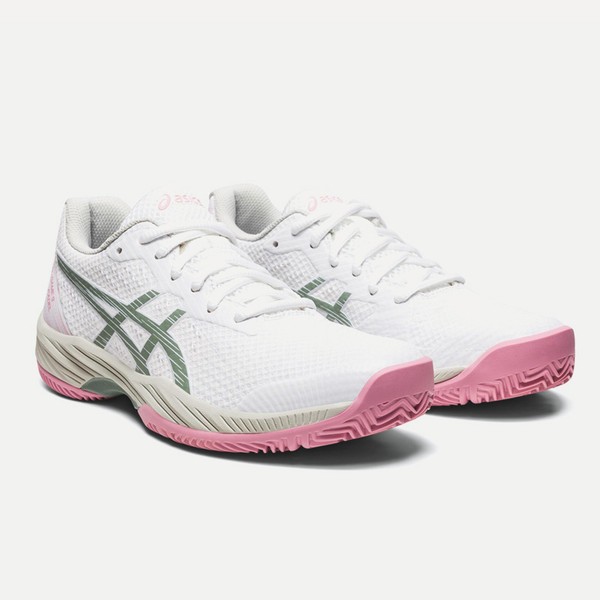
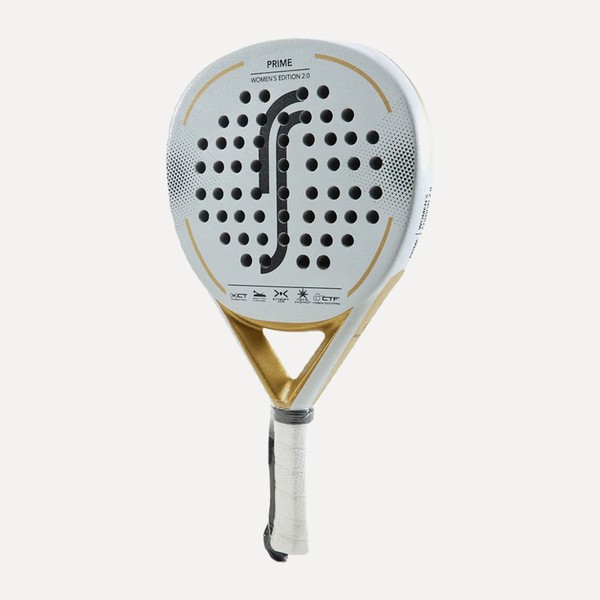
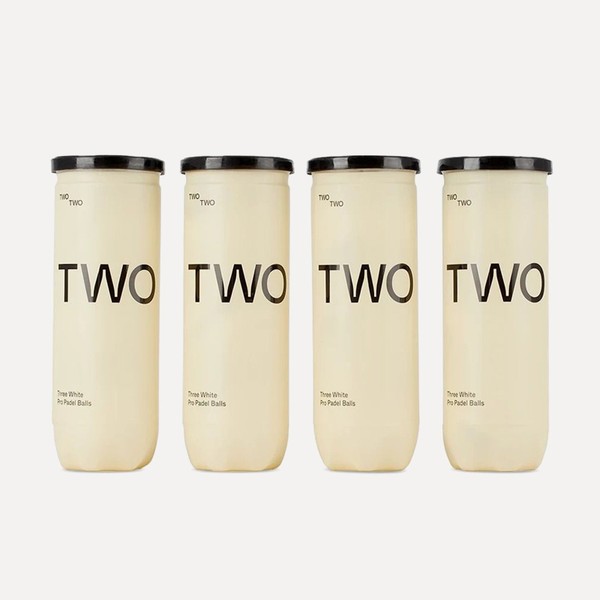
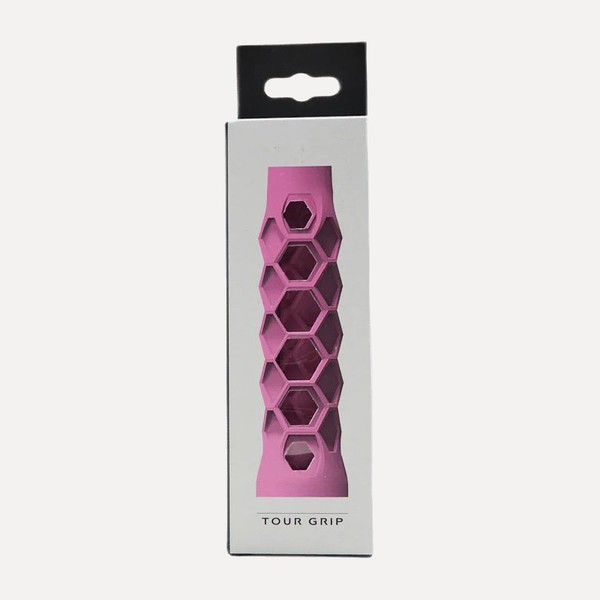
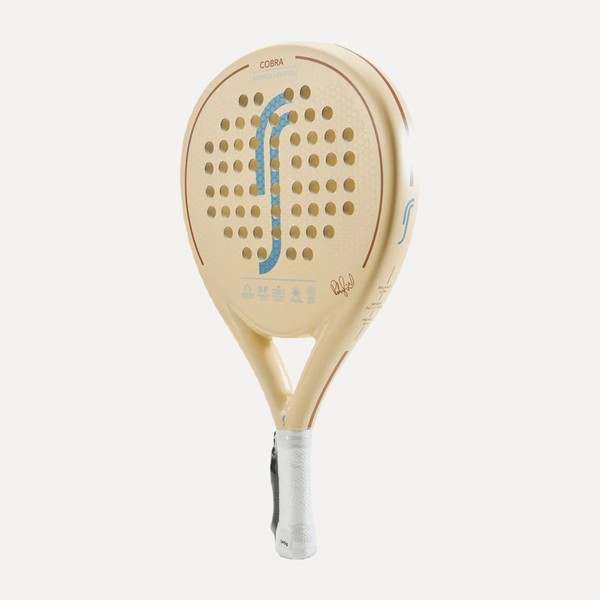
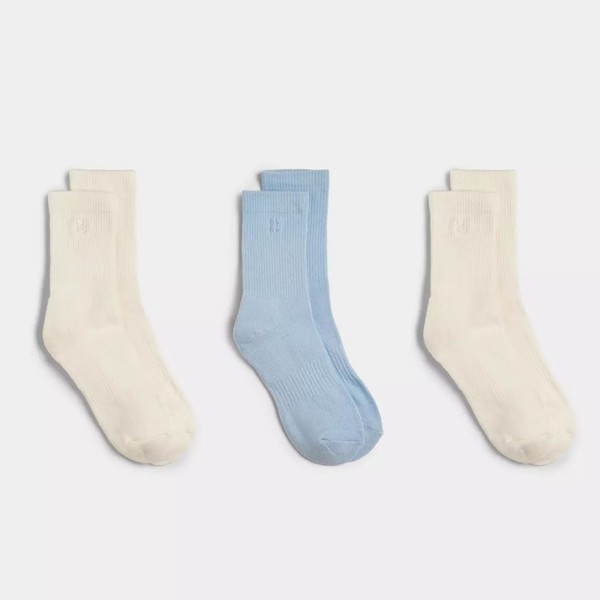
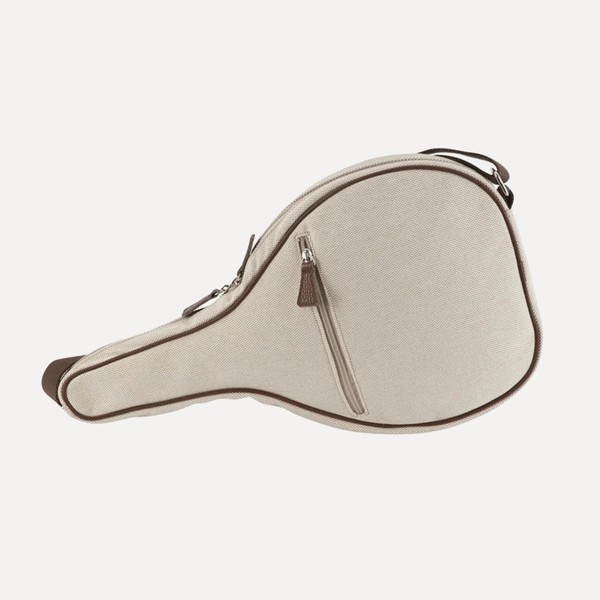
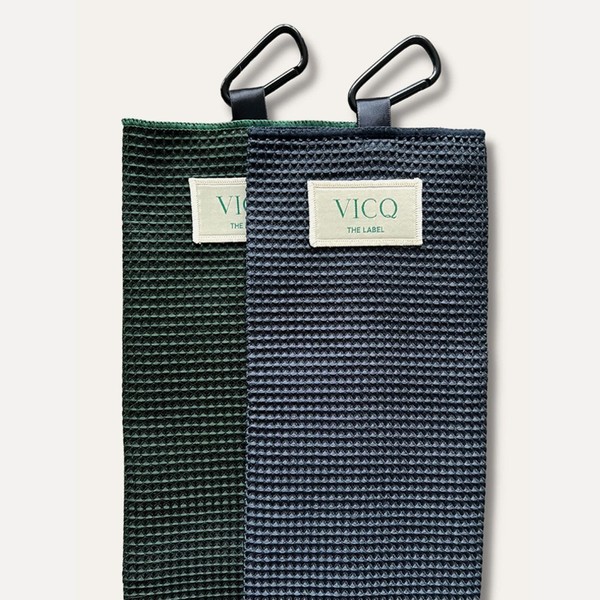
DISCLAIMER: Features published by SheerLuxe are not intended to treat, diagnose, cure or prevent any disease. Always seek the advice of your GP or another qualified healthcare provider for any questions you have regarding a medical condition, and before undertaking any diet, exercise or other health-related programme.
DISCLAIMER: We endeavour to always credit the correct original source of every image we use. If you think a credit may be incorrect, please contact us at info@sheerluxe.com.

